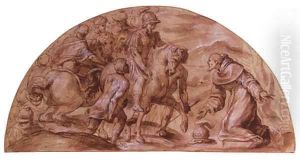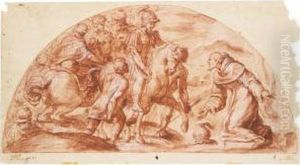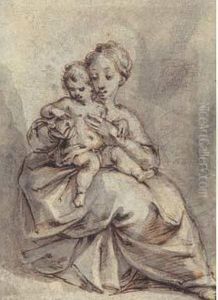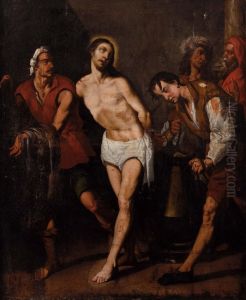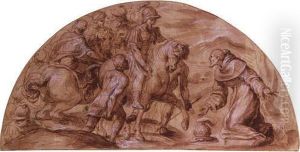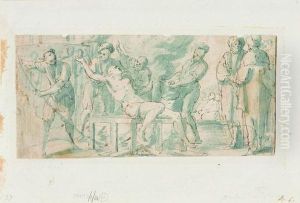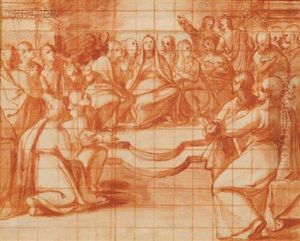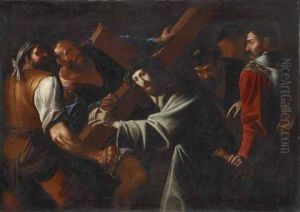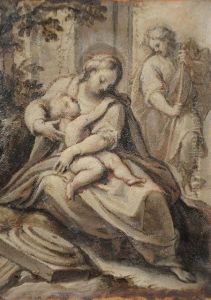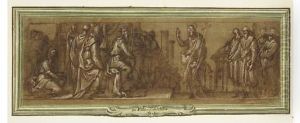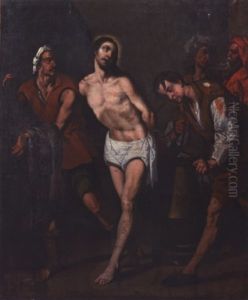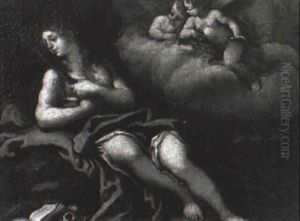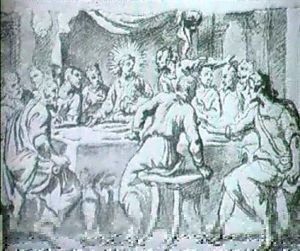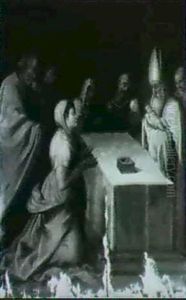Belisario Corenzio Paintings
Belisario Corenzio, born in the Kingdom of Candia (modern Crete) in 1558, was a prominent figure in the late Renaissance and early Baroque periods of Italian art. Not much is known about his early life before he moved to Italy, but it is speculated that he was trained in the vibrant artistic environment of Venice, which was a melting pot of European and Byzantine influences. This background helped shape his stylistic development, blending Venetian colorism with the emerging Baroque dynamism.
Corenzio settled in Naples around the 1580s, a city that was experiencing a cultural renaissance under the patronage of the Spanish viceroys. It was here that he established himself as a leading painter, contributing significantly to the decoration of churches and noble palaces. His work is characterized by dramatic use of light and shadow, a vivid color palette, and dynamic compositions, features that aligned well with the emotional intensity sought after in Baroque art.
Throughout his career in Naples, Corenzio faced competition and rivalry from other artists, most notably from the Caracciolo family and later, from the young prodigy Jusepe de Ribera. Despite these challenges, he maintained a successful career, receiving commissions from the highest echelons of Neapolitan society. His influence was not limited to painting alone; Corenzio also played a role in the development of the Neapolitan School of painting, mentoring future generations of artists.
One of his most famous works is the ceiling frescoes in the church of San Paolo Maggiore in Naples, which are celebrated for their illusionistic qualities and the way they integrate architectural features into the painted narrative. These frescoes exemplify Corenzio's skill in creating complex compositions that appear to transcend the boundaries of the physical spaces they occupy.
Corenzio's later years were marked by continued artistic output, although his dominance in the Neapolitan art scene had begun to wane with the rise of new artists and changing tastes. He died in Naples in 1643, leaving behind a legacy that had a lasting impact on the transition from Renaissance to Baroque art in Southern Italy. Despite his significant contributions, Corenzio's work has not been as widely recognized as that of his contemporaries, a fate that has begun to change in recent years as more attention is given to the breadth and depth of his oeuvre.
